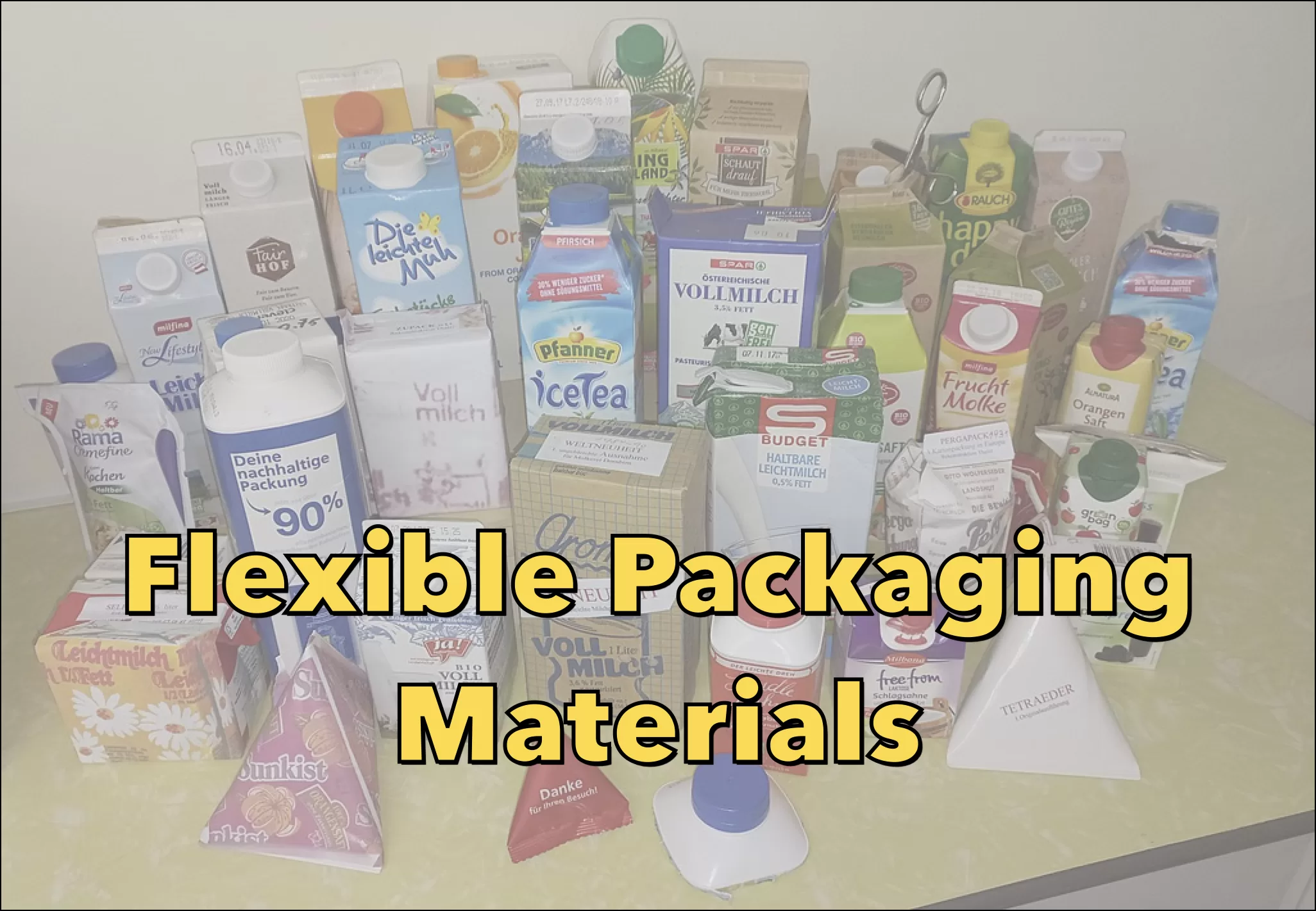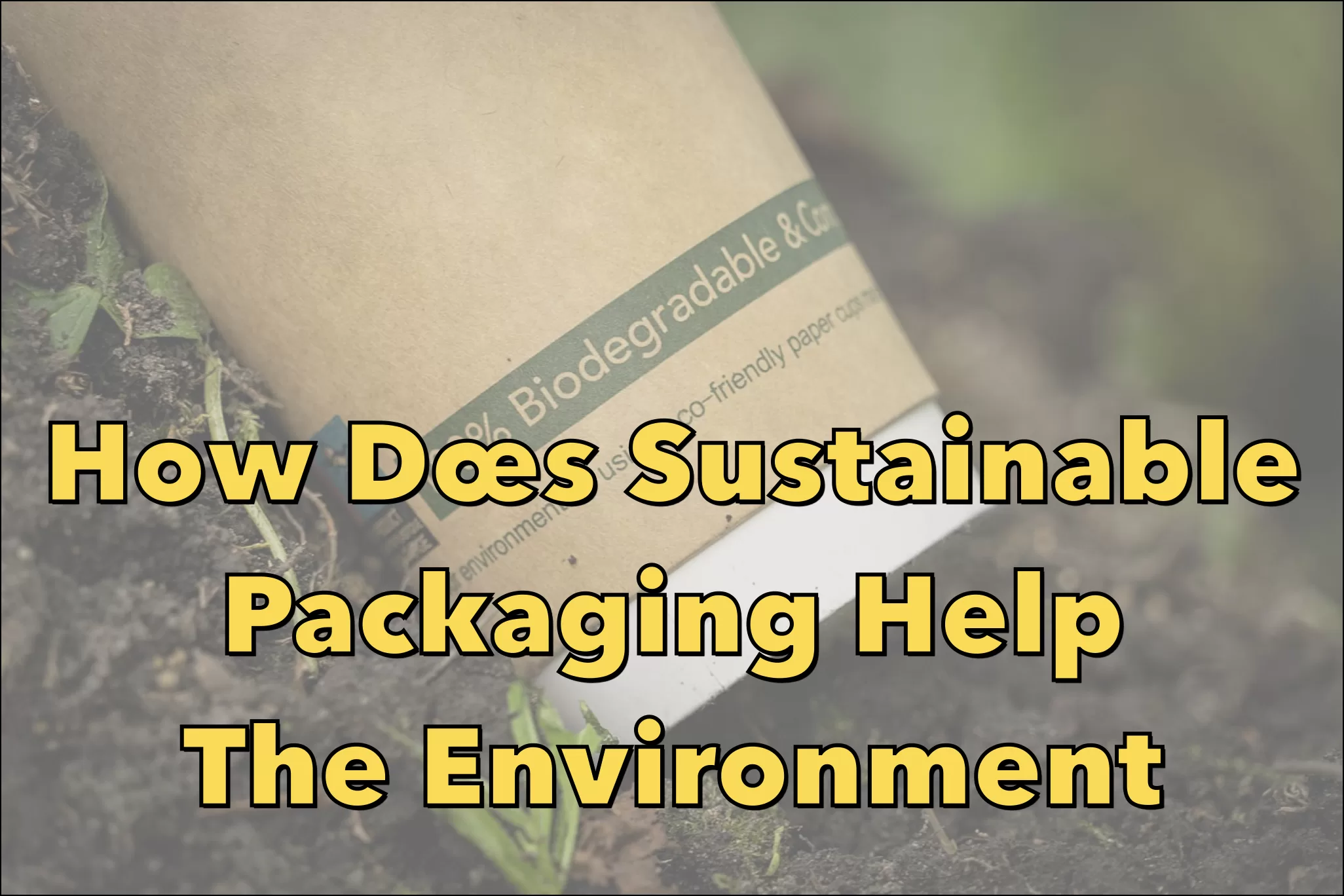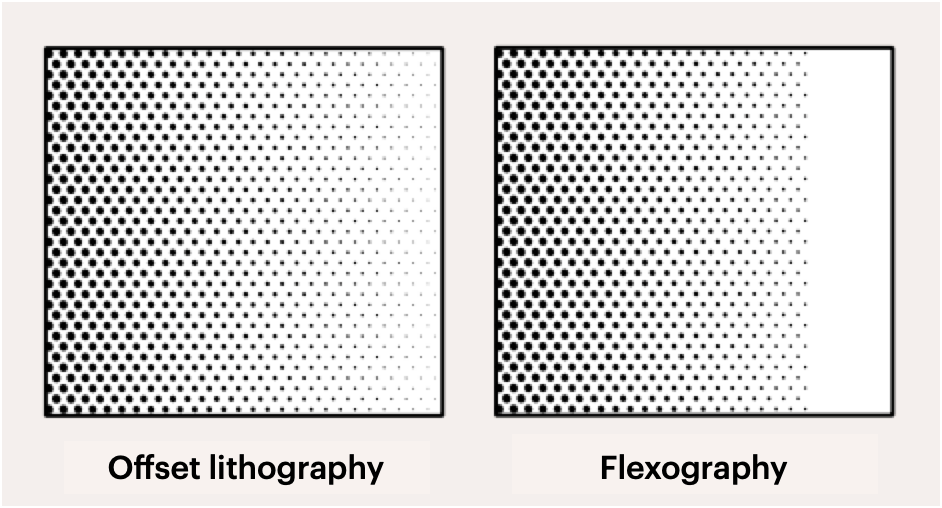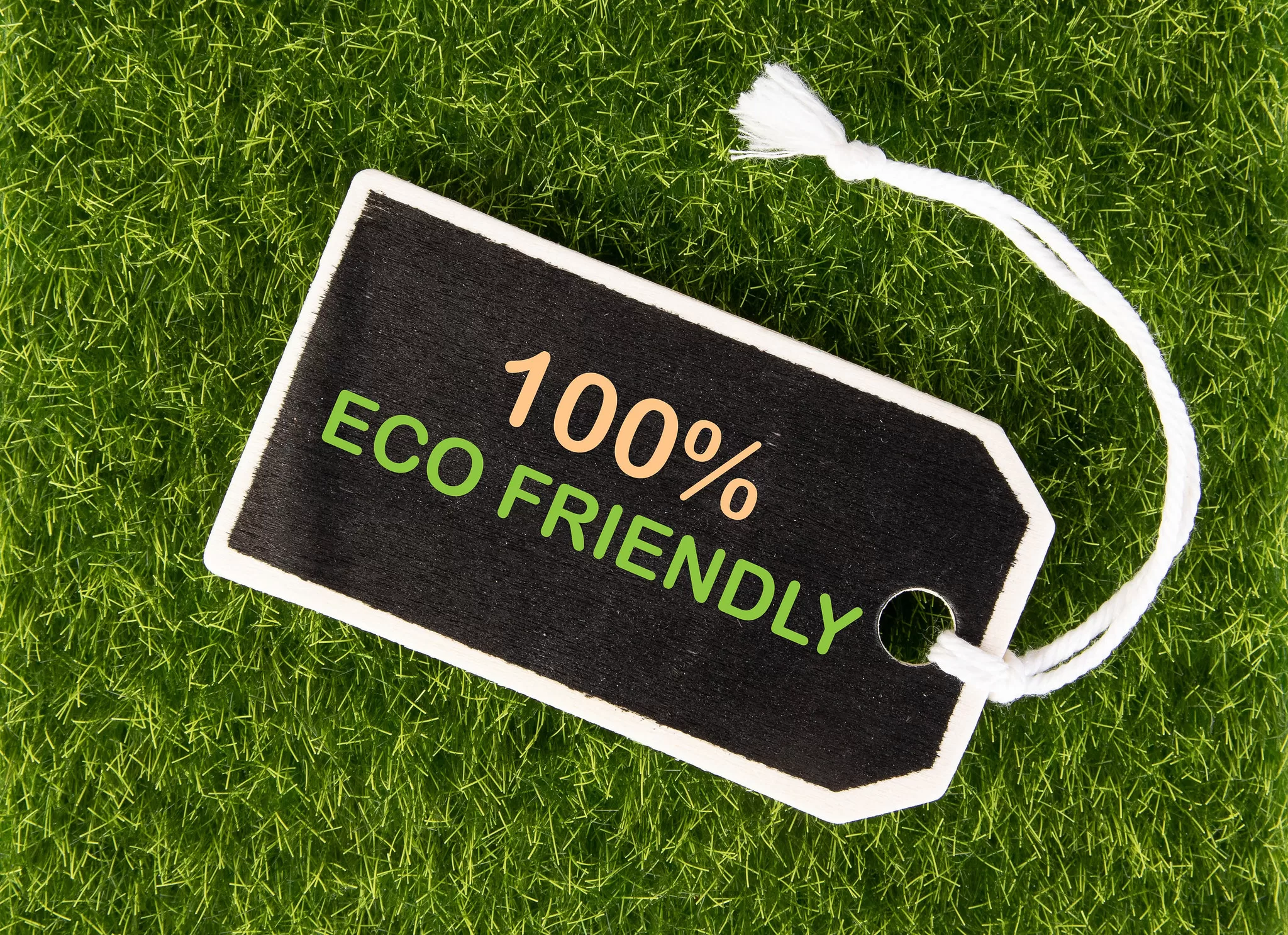Flexible packaging represents a dynamic evolution in packaging solutions where functionality meets adaptability. Unlike conventional forms of packaging, flexible packaging accommodates and preserves a wide range of products, from solids and semi-solids to liquids. Characterised by materials that can easily bend or flex, it encompasses various forms such as pouches, bags, envelopes and wraps, offering practical and sustainable packaging options. This article describes the nature of flexible packaging, its popular applications, and looks at the most common materials used and the key role of flexo printing in this field.
Flexible Packaging and Its Applications
Flexible packaging refers to any package or part of a package whose shape is easy to change. It encompasses a wide range of formats and materials designed for a variety of products, highlighting its adaptability to both product shape and consumer needs. The primary appeal of flexible packaging lies in its light weight, durability and the enhanced barrier protection it provides against moisture, gases and light, thereby extending the shelf life of many products.
The contrast between flexible and rigid packaging underlines the innovative leap towards more sustainable and user-friendly packaging solutions. Rigid packaging, characterised by its inflexible form – such as glass bottles, metal cans and rigid plastic containers – provides excellent protection, but at the cost of increased material use, weight and associated shipping and handling challenges. Flexible packaging, on the other hand, minimises these drawbacks through its versatility, lighter weight and reduced material consumption, offering significant environmental benefits and cost savings in transportation and storage.
Popularity in the Packaging Business
The inherent characteristics of flexible packages stem from its design versatility, resource efficiency and improved sustainability profile. In particular, it allows for the use of less material, reduced shipping weight and less waste, confirming its position as a more environmentally friendly packaging option. These packs can be re-closable or feature tamper-evident closures, enhancing consumer convenience and product safety. Flexible package has a wide range of applications in sectors such as food and beverages, pharmaceuticals, cosmetics and agricultural products, to name but a few. Its ability to maintain product freshness while being easy to transport and store makes it a preferred choice across industries.
The shift towards flexible packaging in the business sector is out of its economic, environmental and consumer convenience benefits. Businesses are embracing flexible packaging for its ability to reduce costs, improve product visibility on the shelf and offer a variety of design options that enable brand differentiation. The sustainability aspect, particularly the focus on reducing unnecessary waste and improving packaging efficiency, resonates with the growing consumer demand for environmentally friendly products, thereby increasing its popularity.
Flexible Packaging Materials and Their Benefits
Materials play a key role in the functionality of flexible packaging, with plastics, aluminium foil and paper being the most ubiquitous. The choice of material affects the performance, cost and environmental impact of the package.
Plastic Films
Plastics, including polyethylene (PE), polypropylene (PP) and polyethylene terephthalate (PET), are eminent for their strength, light weight and barrier properties. Plastic films are widely used in the food industry for snacks, frozen meals and perishables due to their excellent moisture barrier and versatility.
Aluminium foils
Aluminium foil offers exceptional barrier properties against light, oxygen and moisture, making it ideal for sensitive products. In the pharmaceutical industry, aluminium foil is widely used to package capsules and tablets because of its unbeatable protection against external contaminants.
Paper
Paper is favourable for its biodegradability and often functions in combination with other materials to enhance its barrier properties. Paper-based packaging is becoming increasingly popular for dry goods and as an outer packaging layer due to its recyclability and renewable nature.
Each material, with its respective advantage – be it durability, flexibility or sustainability – finds its application tailored to specific packaging needs.
How Flexo Printing Enhances Flexo Packaging
Flexo printing, a versatile and cost-effective printing technique, has become an integral part of flexible packaging. It enables high quality printing on a wide range of substrates, including plastic, film and paper, making it perfectly suited to the diverse range of materials used in flexible packaging. The process is praised for its efficiency, speed and ability to produce vibrant, durable images and text. This adaptability not only enhances the aesthetic appeal of the packaging, but also allows for the customisation and branding that is essential in today’s competitive marketplace.
In Conclusion
Flexible packaging embodies the future of packaging with its adaptability, efficiency and sustainability. The characteristics that set it apart from rigid packaging – such as weight reduction, material efficiency and design versatility – make it a popular choice for companies seeking to meet both consumer demands and environmental responsibilities. The common materials used, their benefits and applications further demonstrate the versatility and potential of flexible packaging. In addition, the role of flexographic printing enhances the value of flexible packaging by providing a reliable, efficient and high quality method of branding and personalisation. With continued advances in materials and printing technologies, flexible packaging is set to redefine the packaging landscape, offering innovative solutions that benefit businesses, consumers and the environment alike.






